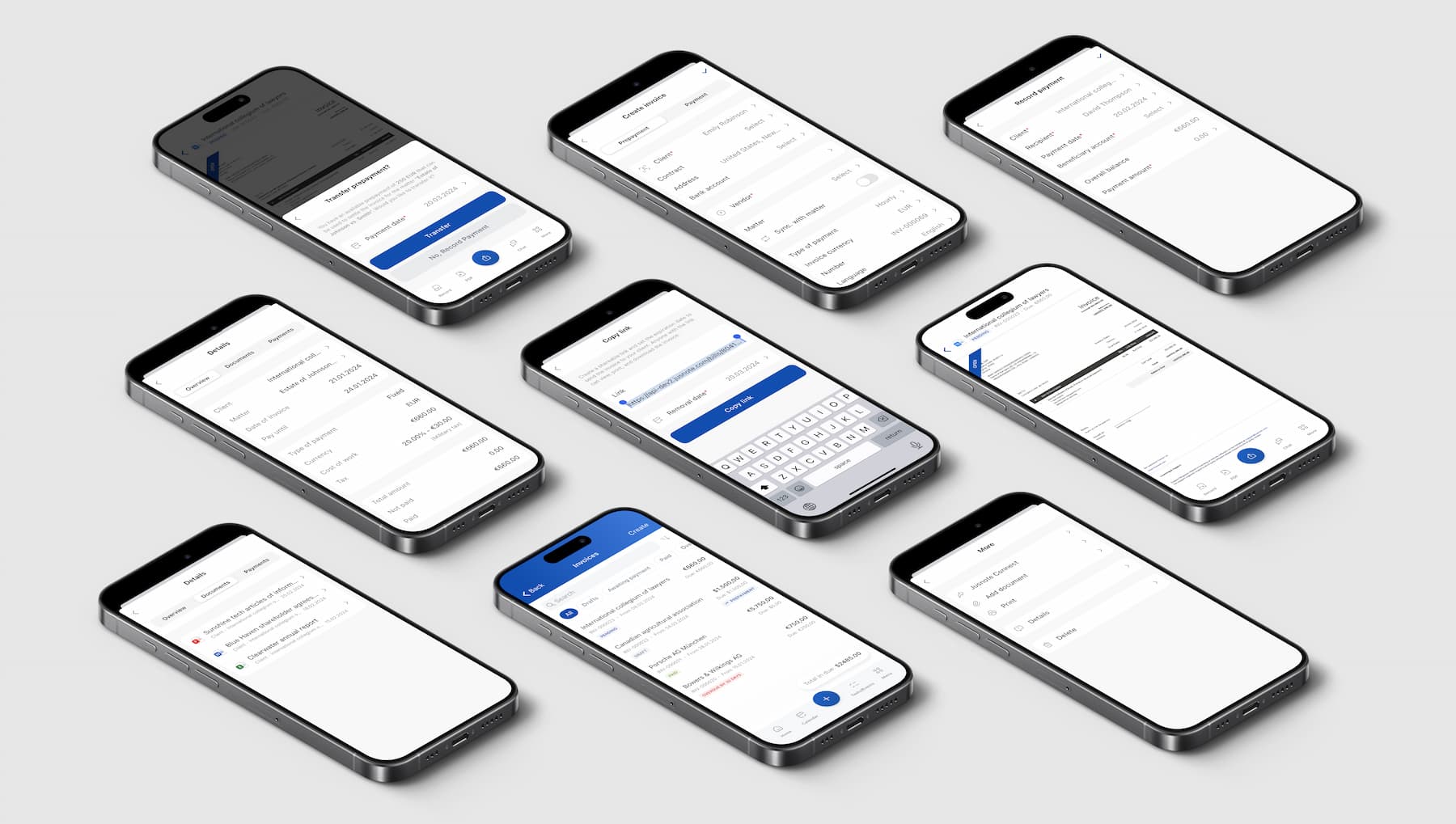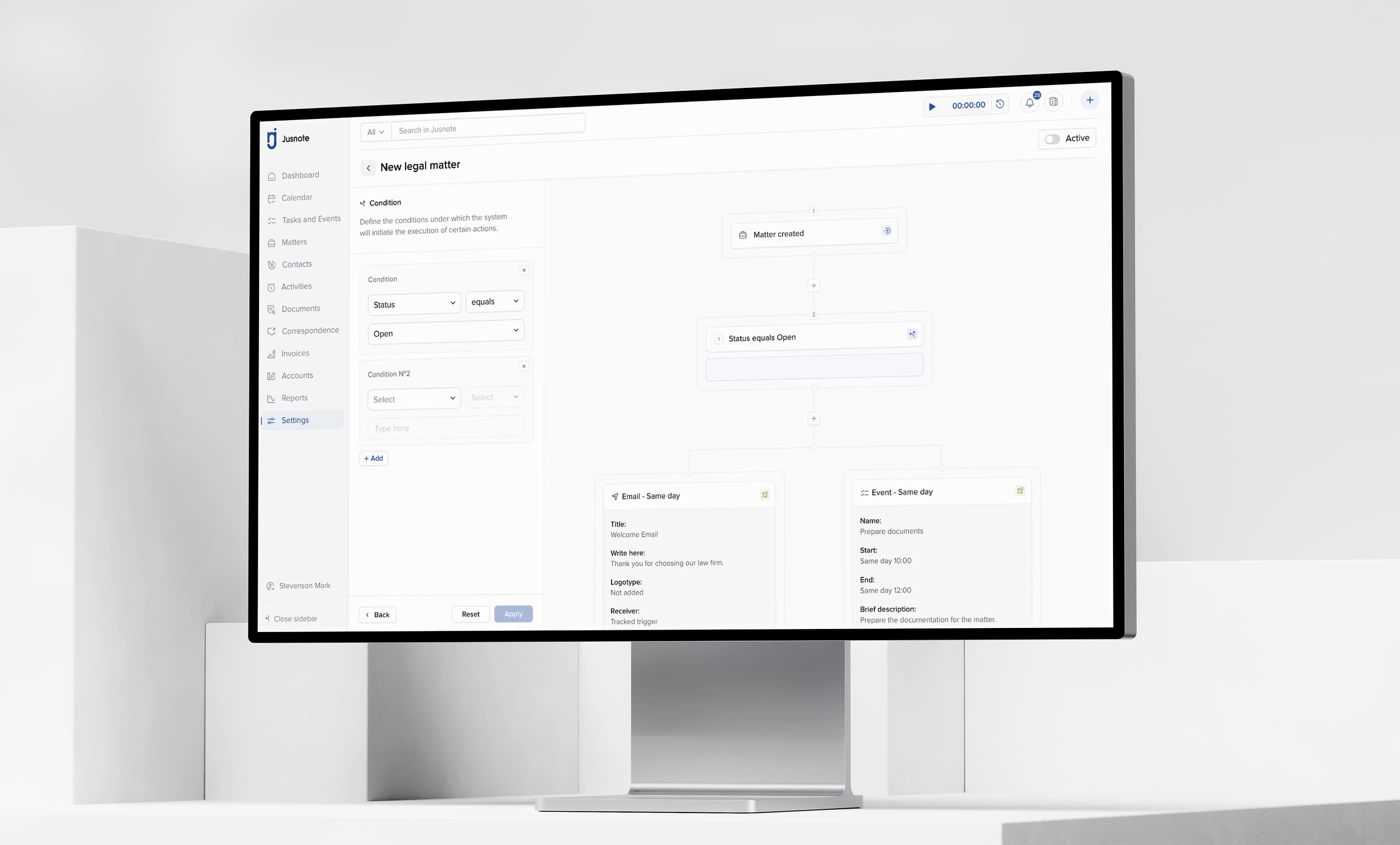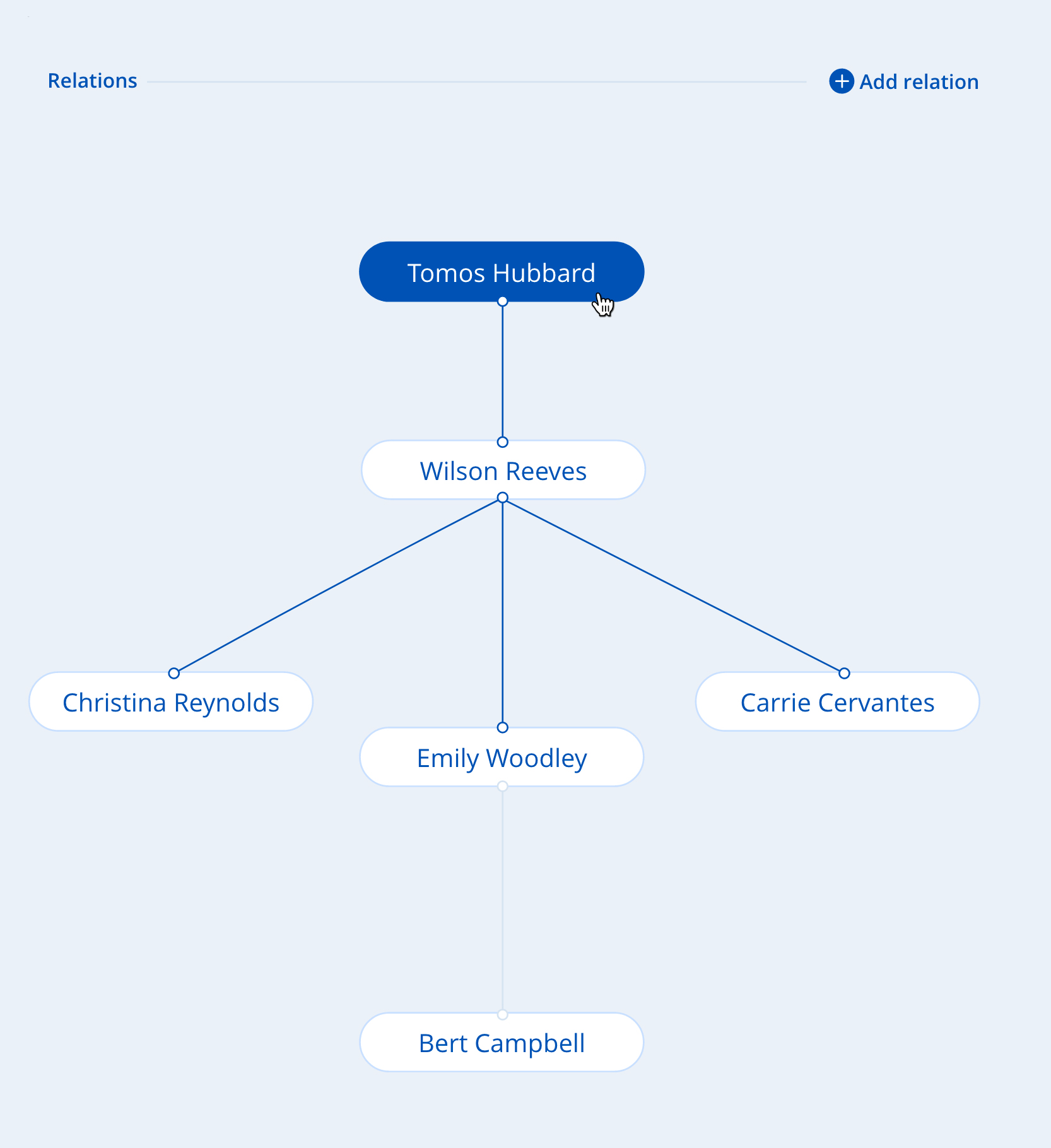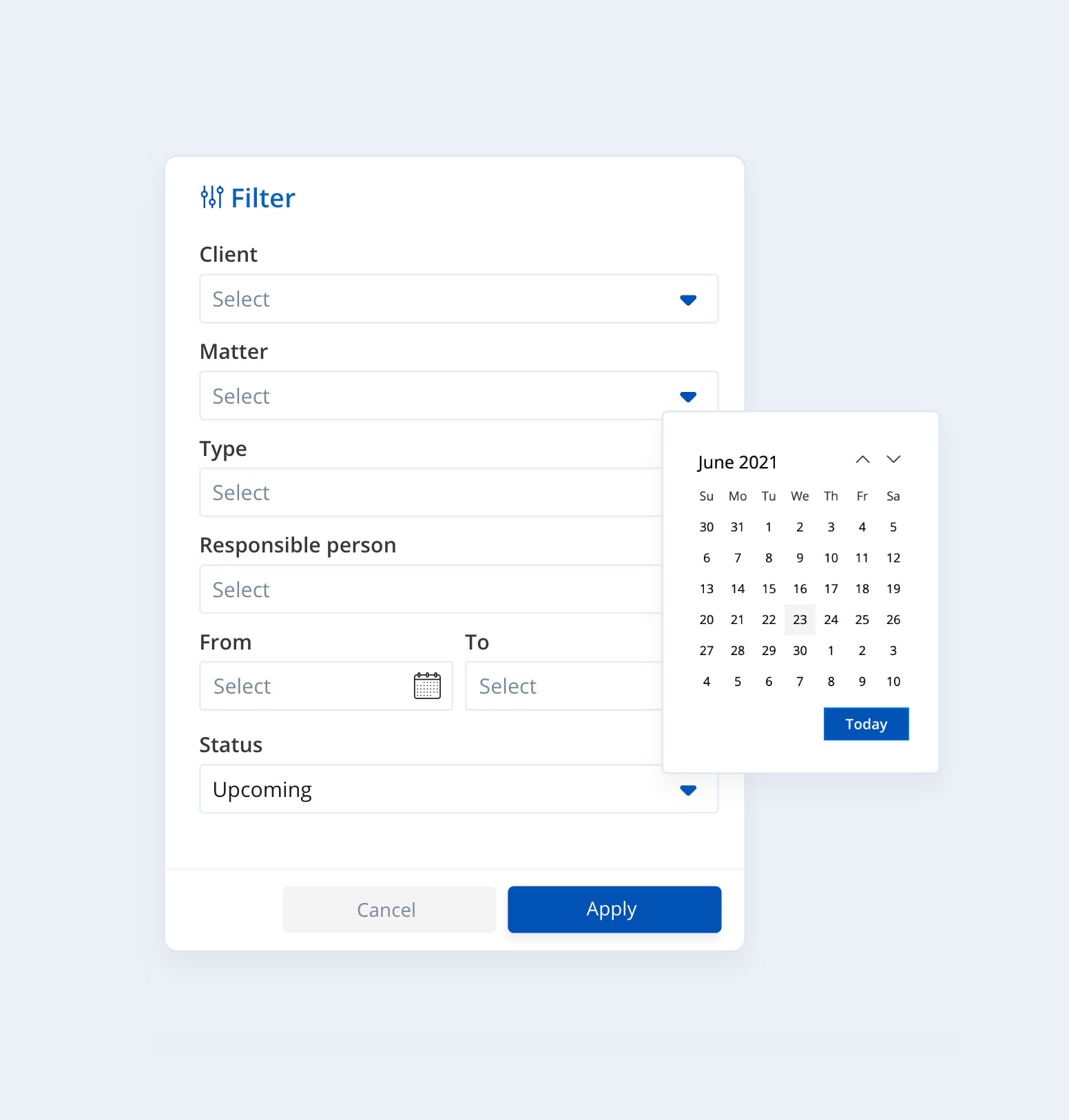The way lawyers, attorneys, and other specialists in law make money by offering their legal service depends on several aspects. The math goes as follows: deeming the type, complexity, and “volume” of a legal need + feasible time spent on its handling = income, coming as a result. No matter law firm size (that could range from a few attorneys to thousands of employees in large corporations), lawyers charge the cost for working on legal cases. And the billing methods mainly lean on the type of legal consultation, experience, and expertise of a lawyer and can vary from one practice area to another.
What the numbers say
Lawyers indeed get different salaries based on the area of law they specialize in. Statista revealed, back in January 2018, solo law practitioners in the field of tax and legal in Spain with working experience ranging from 3 to 7 years earned between 50 000 and 70 000 euros annually. Highly qualified lawyers with experience over 15 years earned up to 160 000 euros.
There are fields of law in which lawyers make the most money — the so-called highest-paid types that address complex legal needs. For example, a medical lawyer’s salary in the US ranges from 104,800$ to 76,000$ per year. Or a tax attorney receives an average annual income of about 96 000$.
According to Lawyer Friend, corporate lawyers, who represent the interests of the company, can earn from 66 000$ up to 170 000$ annually, depending on their working experience.
Billable hours are prevailing for many law firms

To know how to measure and estimate your legal performance and set fair fees, it is worth turning to general hourly billing rates in your living area. Billable hours are often calculated from one-tenth of an hour to every 15 or 30 minutes; messages, phone calls with clients, or emails can also be added to the billable time. Back in 2013, the ABA Journal published that the average billing rate for lawyers ranged from 343$ at firms with 50 or fewer employees and to 727$ at large or international law corporations.
For non-solo practitioners, there should be a detailed law firm billing policy to refer to while estimating the expected lawsuit compensation and understanding how the overall payment process flows in a company.
Still, billable time is not the only option to conduct payments. Your practice and customers alike can benefit from other types of setting prices, like alternative fees arrangements, that give more cost transparency to clients.
The level of technology adoption and optimization in a law firm is of course relevant to a great extent, but key motivation toward applying alternative pricing models comes from the client. Customers really demand more price certainty and want to have options on how to pay for legal support, especially when it comes to criminal, immigration, or bankruptcy legal cases.
Bloomberg Law’s survey data showed a direct connection between law firm revenue and the adoption of AFAs (alternative fee arrangements). Half of the respondents at $1 billion + revenue firms with an understanding of billing approaches had adopted alternative billing models.
Most popular alternative fee structures – what are they?
Flat fees
Flat fees are a good choice for relatively routine and more frequent legal tasks since they are quite “templatized” — bearing certain actions to perform based on previous experience and transparent pricing. Family law cases, like uncontested divorce, routine traffic violations, name changes, preparing wills, handling real estate closings can fit this type of billing as they can communicate a price clearly to the client from the very start.
Contingency fees
This form of alternative billing arrangement might be described as the “all or nothing” approach, and the input is simple: an attorney won’t get awarded unless the client’s case is successful (attorneys gain about 30-40% of the award if they win but not per their regular hourly fee). Clients, in turn, carry all up-front expenses like obtaining court documents, travel, investigation payments, medical and court costs, etc. Contingency fees can range from 5 to 50% of the final award — a percentage of the damages that the legal customer is awarded after a case closes.
Hourly fee arrangements
This payment type is well-functioned in family or business law, civil defense, or criminal defense cases. A client and attorney usually agree on the contract and monetary terms in advance, including the responsibilities of both parties and costs for the lawyer’s services.
The client might also require a retainer. Retainer fees can be paid before any legal performance begins. When a matter is closed, a client can also refill their account, showing the readiness to collaborate with the lawyer at any needed time.
How the billing process might look in a law firm

Let’s suppose:
1. You’ve been assigned to a new matter by your employer
2. All billable activities alongside other fees to manage the case are logged
3. When the matter is finalized, an invoice for the client is put into a draft of a bill (lawyers can also modify bills if any extra actions are taken)
4. The final invoice is filled in and sent to the client
The process might look explicit at first sight: estimate how much time you need and match them to your hourly rate. But as the calculation starts to unfold, many complications can emerge. For example, invoicing mistakes (as a result of input data errors or missing details) delayed invoicing, or other accounting issues that cause late or inaccurate payment.
Senior law firm executives might simply lack data and insights on their in-house lawyers’ productivity to address their billable hours correctly.
Secretaries, paralegals, legal assistants, accountants, and everyone else assigned to work on the same matter should be billed accurately – based on how much they charge for certain services.
And many others…
How legal tech can control your time, bills, and expenses
Using legal software turns out to be a key to improving billing. It helps rank and split up legal cases and takes the most of the work, which is mundane and repetitive. The end-to-end legal billing software can fully replace third-party billing systems and provides a comprehensive view of every minute spent on a legal case. You can bill your clients in a click using time tracking, expense tracking, invoicing, fee options, discounts, and more.
Track and measure your working time
• Use a timer and switch it on and off when you start and finish the project
• Order entries, recording the detailed time you’ve been on a case
• Develop in-depth reports, eliminating any legal billing objections
Track your fees and put customized rates
• Outline your expenses and add them to client invoices
• Set up custom billing rates for legal services for your employees
• Round up time entries automatically based on your firm’s preferences
Plus, you can transfer all your non-billing activities into billing time. Once you enter your input details, time is automatically tracked and updated inside the system in real-time.
You can streamline both pre and post-payment invoice creation processes, automate invoice reminders, add taxes & discounts, register payments, and share them via email or a link on a single platform. When an invoice is completed, it will take you a few clicks to transfer it to one of your firm’s accounts.
Let your law firm benefit from time-saving billing practices and offer your clients more flexibility using legal technology.
![]()
Elena Ivanenko
Author, Content Creator at Jusnote



 Jusnote Newsroom
Jusnote Newsroom  Search Newsroom
Search Newsroom
 Back to all publications
Back to all publications





















